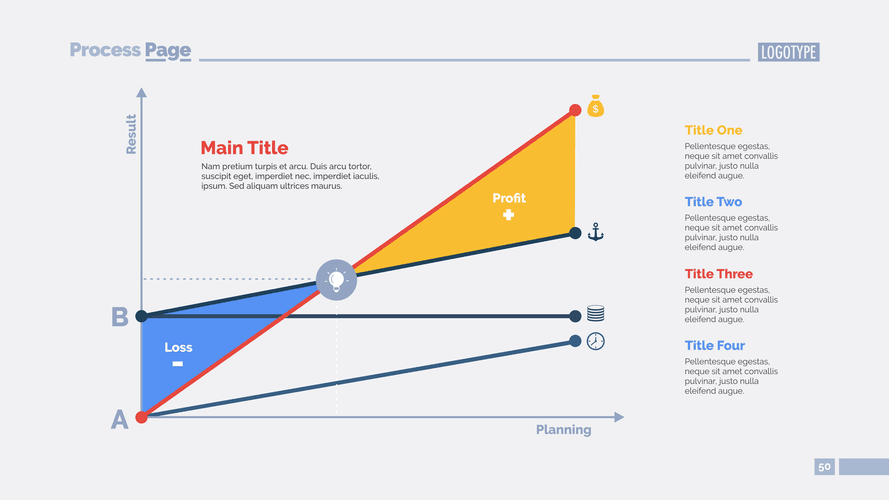
A service company provides intangible services to customers and does not have inventory. Some examples of service companies include lawyers, doctors, consultants, and accountants. Service companies often have simple financial transactions that involve taking customer deposits, billing clients after services have been provided, providing the service, and processing payments.
Cash Management

One of those key terms is the ‘Operating Cycle.’ By the end of this article, you’ll not only understand what is the operating cycle is but also how to calculate it. Let us consider an example to compute the operating cycle for a company named XYZ Ltd. As per the annual report of XYZ Ltd for the financial year ended on March 31, 20XX, the following information is available. In the next step, we will calculate DSO by dividing the average A/R balance by the current period revenue and multiplying it by 365. At the start of the calculation, the sum of DIO and DSO represents the operating cycle – and the added step is subtracting DPO. Below is a break down of subject weightings in the FMVA® financial analyst program.
- The knowledge of operating cycle is essential for smooth running of the business without shortage of working capital.
- Their income statement format is a bit more complicated than for a service company and is discussed in greater detail in Describe and Prepare Multi-Step and Simple Income Statements for Merchandising Companies.
- Note that if a retailer receives a refund before they make a payment, any discount taken must be from the new cost of the merchandise less the refund.
- So, “2/10, n/30” reads as, “The company will receive a 2% discount on their purchase if they pay in 10 days.
- Normal operating cycles are the usual time it takes for a business to turn inventory into cash.
Cash App
Like Sales Discounts, the sales returns and allowances account is a contra revenue account with a normal debit balance that reduces the gross sales figure at the end of the period. The Net operating cycle, also known as the cash operating cycle conversion cycle, takes into account both the time required to convert assets into cash and the time taken to pay suppliers. It combines the time for inventory turnover and receivables collection minus the payables period. The operating cycle is a financial metric that measures the time it takes for a company to convert its investments in inventory and accounts receivable into cash. Essentially, it is the duration between the acquisition of inventory and the collection of cash from customers after selling the inventory.

Inventory holding period

Accounts Payable decreases if the retailer has yet to pay on their account, and Cash increases if they had already paid and received a subsequent refund. Merchandise Inventory decreases to show the reduction of inventory cost from the retailer’s inventory stock. Note that if a retailer receives a refund before they make a payment, any discount taken must be from the new cost of the merchandise less the refund.
Sales with Cash or on Credit
- Please note that the entire $1,000 account receivable created is eliminated under both payment options.
- So, from the above-given data, we will calculate company XYZ’s Inventory Period (days).
- It combines the time for inventory turnover and receivables collection minus the payables period.
- This is when a customer pays with a credit or debit card from a third-party, such as Visa, MasterCard, Discover, or American Express.
- This cycle is a crucial measure of a company’s financial efficiency and liquidity.
- Remember, however, that an operating cycle can be influenced by a variety of factors including industry norms, market conditions, and business practices.
A shorter cycle indicates that a company is able to recover its inventory investment quickly and possesses enough cash to meet obligations. You may have noticed our discussion of credit sales did not include third-party credit card transactions. This is when a customer pays HVAC Bookkeeping with a credit or debit card from a third-party, such as Visa, MasterCard, Discover, or American Express. Please note that the entire $1,000 account receivable created is eliminated under both payment options. However, when the discount was received by the customer, the retailer received $980, and the remaining $20 is recorded in the sales discount account.
- The outcome of sales less expenses, which is net income (loss), is calculated from these accounts.
- You’ll explore the components, calculation methods, practical strategies, key performance indicators, and the tools needed to master the art of optimizing your operating cycle for enhanced efficiency and profitability.
- An operating cycle is one more valuable tool in the toolkit of financial analysis that helps businesses make wiser, more informed decisions.
- In the next step, we will calculate DSO by dividing the average A/R balance by the current period revenue and multiplying it by 365.
- A shorter operating cycle can free up working capital, while a longer one might tie up more capital in inventory and receivables.
However, OC varies across industries, sometimes extending to more than a year for some sectors, for example, shipbuilding companies. This means it takes the company about 102.2 days to convert its inventory into cash through sales and collections. So, to clear up any confusion you might have, let’s break down the operating cycle in simple terms, from CARES Act what it is to how to calculate it to the operating cycle formula and more. Thus, several management decisions (or negotiated issues with business partners) can impact the operating cycle of a business.

If a company has a short operating cycle, it indicates that the firm can quickly convert its inventory into sales and then into cash. On average, it takes the company 97 days to purchase raw material, turn the inventory into marketable products, and sell it to customers. It indicates that a business converts inventory and receivables into cash more quickly, improving liquidity and reducing the need for external financing. The operating cycle is also known as the cash-to-cash cycle, the net operating cycle, and the cash conversion cycle. An Operating Cycle (OC) refers to the days required for a business to receive inventory, sell the inventory, and collect cash from the sale of the inventory.
